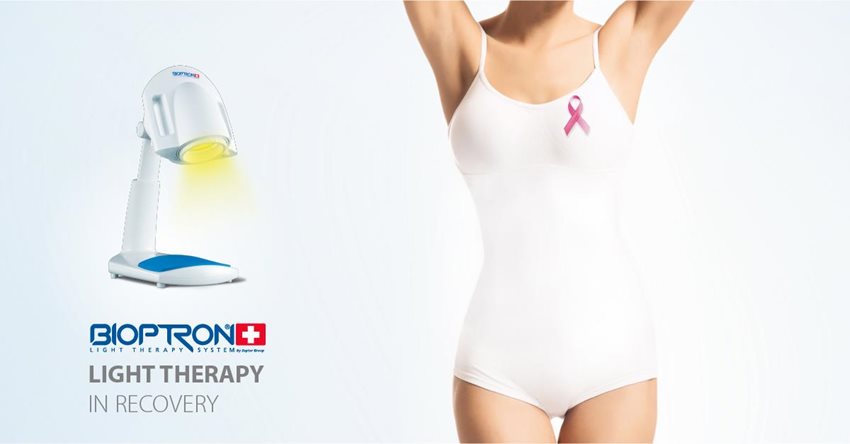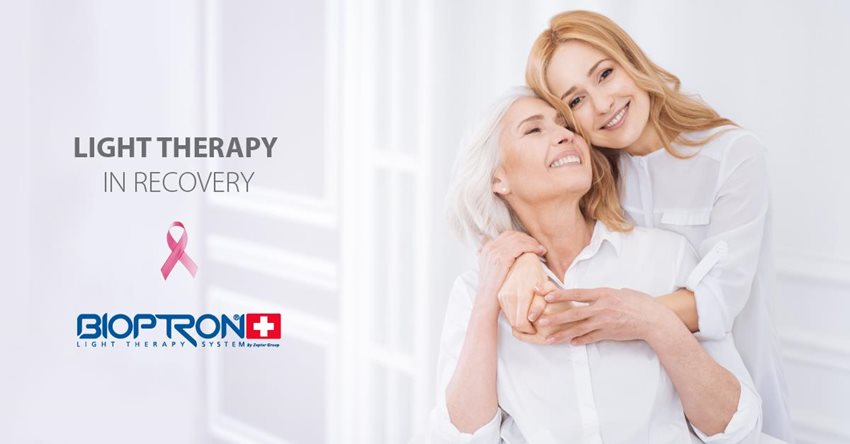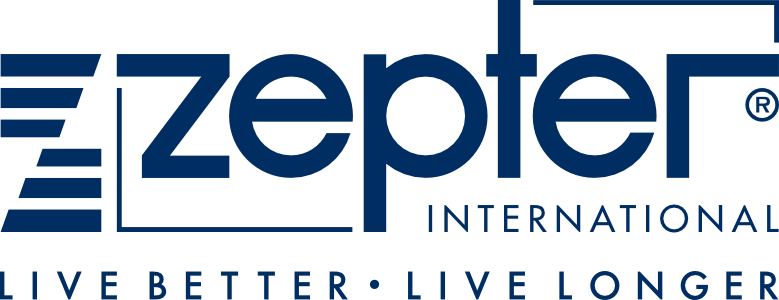Breast cancer is the second most common cancer in the world
Breast cancer is the second most common cancer in the world and by far the most frequent cancer among women, with 1.7 million new cancer cases diagnosed in 2016 (25% of all cancers in women). Postoperative morbidity from breast or axillary procedures for breast cancer is reported to be as high as 30%. Most commonly, early postoperative problems include wound issues such as cellulitis, flap necrosis, abscess, dehiscence, hematoma and seroma. It is necessary to avoid delay in wound healing which may increase the risk of long-term morbidity. It is well known that the immune system and microcirculation play a crucial role in regenerative processes. Therefore, appropriate and timely rehabilitation is vital in the recovery from breast cancer surgeries, including breast-conserving surgery, mastectomy, axillary lymph node dissection and breast reconstruction. Conventional breast cancer treatment methods (surgery, chemo- and radiotherapy) may cause immunodepression. The immune rehabilitation of breast cancer patients is considered to be an important part of the treatment and recovery: the cellular and humoral components of the immune system play a critical role in tumor growth and metastasis, as well as greatly influence the outcome of the treatment.What we know already
Bioptron light therapy does not only act locally but also has systemic effects, which are mediated via the blood, specifically the blood serum. Blood serum is a component of blood (similar to blood plasma), but does not include blood cells and clotting factors, but rather includes proteins, electrolytes, antibodies, antigens, hormones and any exogenous substances (e.g., drugs and microorganisms). Because Bioptron induces changes in the blood and blood serum, Bioptron light therapy can act on the entire body and can affect keratinocytes and fibroblast anywhere in the body. Fibroblasts are important for collagen and elastin production, and beneficial for wound healing. Keratinocytes’ primary function is to act as a barrier in the skin and to prevent water loss and fight foreign invaders. In particular, Bioptron light therapy has been shown to increase the growth and the number of fibroblasts and keratinocytes.What is the effect of Bioptron light therapy on cancer cells?

Samoilova et al. (2015) conducted a study to look at the effects of Bioptron light therapy on breast cancer patients in the early postmastectomy period. They collected blood (serum) samples after Bioptron treatment (daily treatment for 7 days) and looked at the (blood) serum’s growth-promoting properties on fibroblasts, keratinocytes and various breast cancer and epidermoid (skin) cancer cells and compared them to the serum taken prior to the Bioptron treatment. This was a controlled investigation of the effects of blood serum on different cell lines, in vitro, taken from patients before and after Bioptron treatment. The results showed that the blood serum of patients treated with Bioptron therapy had inhibitory/slowing down effects on the proliferation of tumor cells (i.e. decreased the growth of tumor cells) and positive effects on fibroblasts and keratinocytes.
Therefore, Bioptron light therapy ‘stimulate growth of human skin cells and simultaneously downregulate the proliferation of tumor cells’ (Samoilova et al, 2015) and in fact, slowed its progression – thus, it has a potential to increase survival rate (Knyazev et al, 2015, study on mice).
From these two above mentioned studies it was concluded that Bioptron light therapy:
- is safe to use in oncology
- is beneficial for wound healing after surgery in cancer patients and in addition, it suppresses tumor proliferation.
Conclusion
Bioptron light therapy inhibits the proliferation of tumor cells. Scientific evidence strongly suggests that Bioptron positively influences the immune system to recognize mutated (tumor) cells and thereby, suppress their growth and progression.This, however, does not suggest that Bioptron light therapy should be used as a monotherapy (as a single therapy) in cancer treatment. Cancer is a multifaceted disease, and many factors contribute to the disease profile, the immune system is only one of them. Taken together with the extensive research with Bioptron light therapy, it can be used in the prevention of complications associated with cancer and its treatment, such as the correction of the immune system, easing of pain, acceleration of wound healing, weakening of scar complications etc, thereby significantly improving the quality of life in patients.
References
If you would like further information or specific details on the studies, please do not hesitate to contact: sales@bioptron.com- Samoilova KA, Zimin AA, Buinyakova AI, Makela AM, Zhevago NA. Regulatory systemic effect of postsurgical polychromatic light (480-3400 nm) irradiation of breast cancer patients on the proliferation of tumor and normal cells in vitro. Photomed Laser Surg. 2015 Nov;33(11):555-63.
- Knyazev NA, Samoilova KA, Abrahamse H, Filatova NA. Downregulation of tumorigenicity and changes in the actin cytoskeleton of murine hepatoma after irradiation with polychromatic visible and IR light. Photomed Laser Surg. 2015 Apr;33(4):185-92.
- Knyazev NA, Samoilova KA, Abrahamse H, Filatova NA. Polychromatic Light (480-3400 nm) Upregulates Sensitivity of Tumor Cells to Lysis by Natural Killers. Photomed Laser Surg. 2016 Sep;34(9):373-8-
- Zhevago NA, Zimin AA, Glazanova TV, Davydova NI, Bychkova NV, Chubukina ZV, Buinyakova AI, Ballyuzek MF, Samoilova KA. Polychromatic light (480-3400nm) similar to the terrestrial solar spectrum without its UV component in post-surgical immune rehabilitation of breast cancer patients. J Photochem Photobiol B. 2017 Jan; 166:44-51.






